How to Set Up a Year-Long Math Games and Activities Center
Set up a math games and activities center in your classroom that is easy to maintain all year long.
I think that math games are the perfect fit in a kindergarten classroom. They can help your students practice math skills and learn without you physically being there.
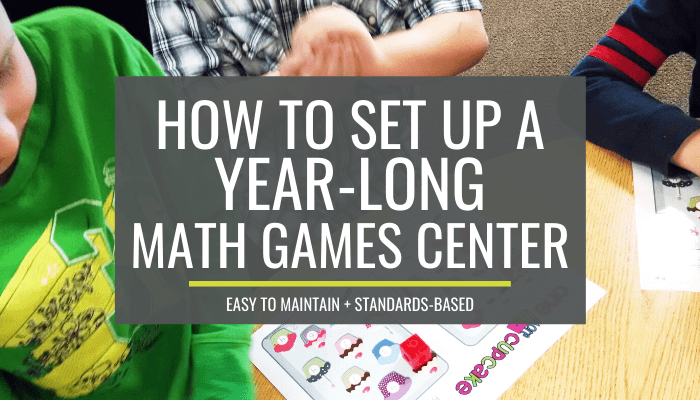
Students can work independently which frees the teacher up to teach math in small groups – or in other words – do guided math. It’s what I did in my classroom and it worked out great.
Related: How to start guided math in kindergarten >>
Here’s how I set up a center during our guided math time that made it simple for me to maintain all year long.
What is a math games center?
This center is a space where you put standards-based math games and activities for your students to play either independently or with a partner.
In our classroom, we call it “the practice zone” simply because they are practicing math.
The math games and activities are put in one location, organized for easy clean-up, differentiated and changed throughout the year.
You offer choice to students during this center – they get to pick and choose which things to work on. The choice of what to play is key to kids staying on task and engaged for the full length of your center time.
How to organize materials
You don’t have to spend a lot of money to get this center up and running. I think with a couple of drawers and some Ziploc bags, you’re set to go.
You don’t actually need a dedicated table or play space dedicated to just this center. Let students spread out and use available tables, shelves, and the floor.
You will want to pick out a classroom space where you can set up access to 6-9 games or activities.
Make sure that where you put it won’t impede the classroom flow of students working at the same time and put it close enough that students can take games or activities to a nearby floor or table space to play.

I like using these (amazon affiliate) Sterilite 3-drawer units because they are deep enough to hold regular sized paper but wide enough and tall enough to hold manipulatives too.
I like these also because:
- Students can remove the drawers to take the activity anywhere in the classroom. This makes clean up a breeze.
- You can actually stack more than three tall if your storage space allows. Just remove the lid and snap together the number of drawers you want.
But if drawers aren’t your thing – you can use whatever you have or whatever system you’ve come to learn works well for your classroom.
Be sure to label your organization system with both words and pictures so that your young readers and non-readers can find what they need.

I mark my drawer labels as an individual activity or partner work or multiple partners using the silhouette icons.
To keep things organized, you need an easy system to get things put away.
But what about those random math pieces that are found on the floor?
If someone finds a random game or math piece and the materials are still in a drawer, they put it away in the center. Easy and done.
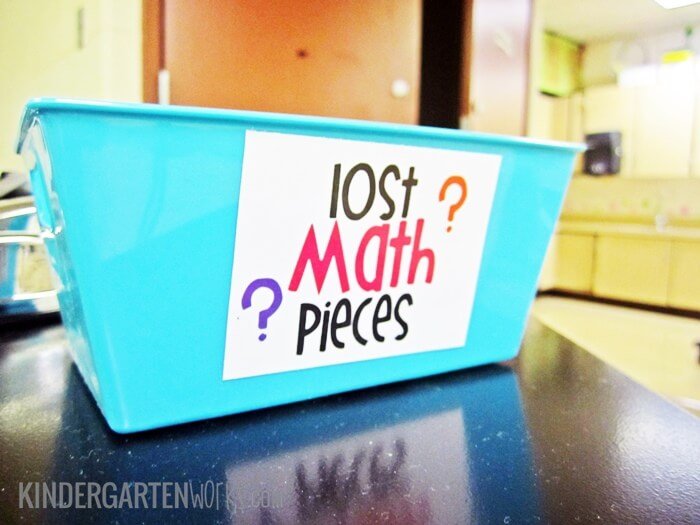
If I’ve already put away a set of materials, and the students can’t go into the closet to return it, they put it into our “lost math materials” basket. Then when I have time, I put it away. Until then it stays contained and isn’t visual clutter.
Just think long term – what can you put materials into and rotate materials out of that will be easy enough to change throughout the year – without hassle.
Related: How to keep it simple If you want students to be able to use this center all year long without lots of instruction, then you want to work smart. First, consider what activities and materials you’ve already taught in small groups that can go into the math games and activities center when you’re done with them? This is a smart way to reinforce the lessons you’ve taught. Think of it this way – it’s just like the approach we use in reading. We need to give them ample opportunity to PRACTICE and this is a structured way for them to do it independently. If you place materials that they used in a small group setting with you they will know exactly how to use those materials. There are enough good games and activities are available online for free or inexpensively that you can have enough stuff to last you all year. Let’s talk a little about what to put into this center. Think about this: what if your students already know how to use the materials in this center… then that means they just have to learn how to use them to practice new content. From quarter to quarter I try to keep similar activities where the materials stay the same but the content changes. This way I don’t have to teach and model a new set of expectations, I can simply review how to use the materials and focus on content. That meant I had games and activities like: For example, we always had a bump game drawer. All year long. I simply changed out the game mat a couple of times a year to match the growing levels of my students or change it to match a holiday. Now, I loathe worksheets… so those aren’t what I want in this center. However, if you have a worksheet that is valid practice, you can make it more interactive and fun by turning it into a dry-erase mat or transparency for students to use and re-use. Here is an example of the beginning of the year. I wanted my students to practice forming numbers. I copied pages from my Monster Numbers mini-books onto overheads. This made fun handwriting practice. Now skip forward to after Christmas and my students are still using vis-a-vis markers… but the transparencies have changed. In this case, a student is ordering numbers to 100 using a dot-to-dot. Keep this in mind – you don’t have to find all of the games today or tomorrow – build your stash as you find items throughout the year. Here are more example items I’ve made that my students used: Teach them how to use the materials once and then simply change up what they use to materials for. The beauty in keeping the materials as similar as possible means you won’t have to re-teach everything every week or even every two weeks. It’s my belief (after doing this for a few years) that you really only need to rotate items that you have put out for your math centers every 6-9 weeks. And you don’t have to rotate them all out or rotate them all in at the same time. Simply add games in as time allows and take your cue from how students are doing in groups for when it’s time to retire or refresh an activity. Keep the games low-key and focus on content. You want them to be able to play and do the work successfully by themselves. If something ends up being super-high interest for your kiddos, repeat the same kind of activity next quarter with an amped-up level of content that matches your new standards. Related: teach new computer center math games. You can differentiate work in a math games center. If you differentiate items for students, there are two ways to go about it: If you don’t have drawers… you can still use this idea. I like to use stars to differentiate levels of math materials. Simply label the entire drawer instead of a baggie with the stars, level or group name. To differentiate items within a drawer, which is what I did, I use preprinted star labels (little return address labels with webding font stars) and stick them onto our Ziploc baggies or whatever your activity is stored in. For my classroom, I set up one-star, two-stars and three-stars as our group levels. More stars equals more support needed. Students can work independently at your math games and activities center to learn and practice skills and standards. Remember to set up your center so that it is organized, simple to maintain all year long and easy to differentiate. If you like what I do here on KindergartenWorks, then be sure to subscribe today. I look forward to sharing ideas with you weekly.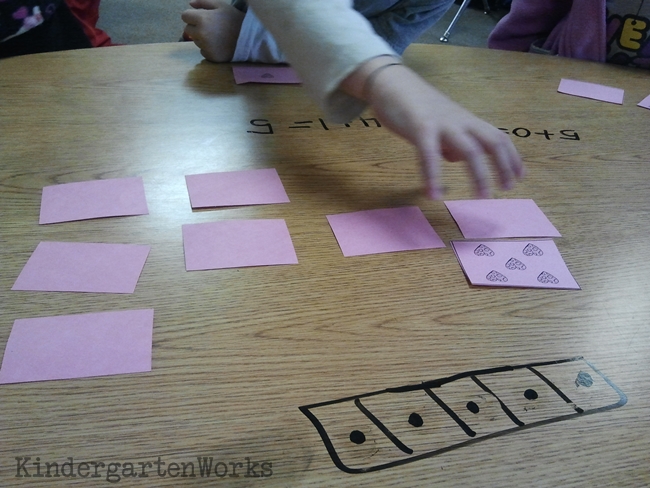
What to include
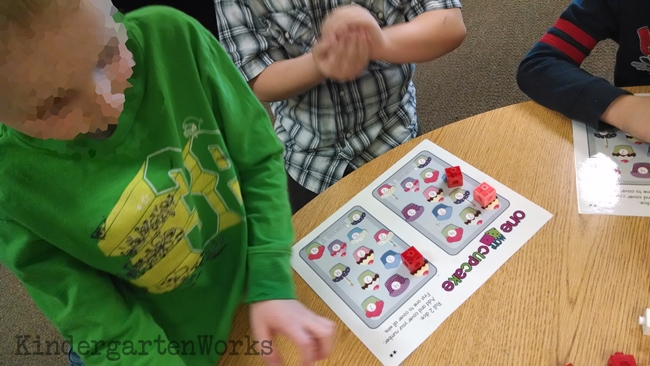
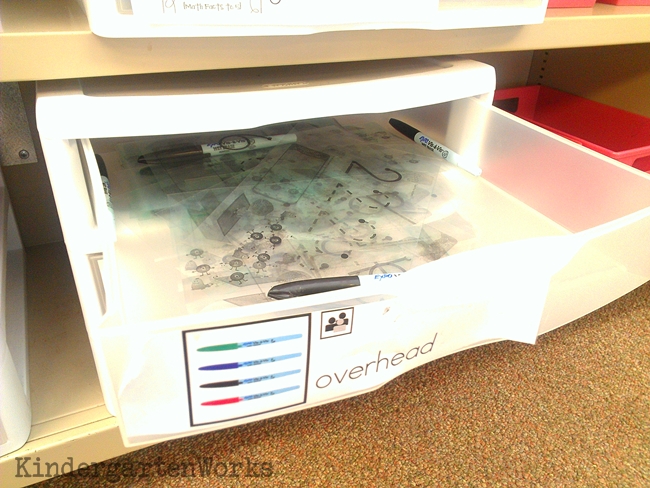
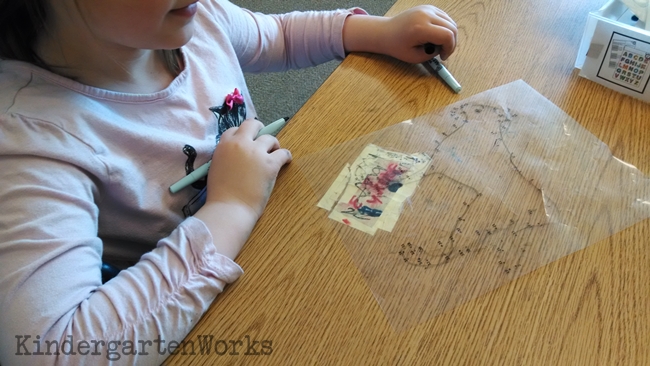
How to keep it fresh
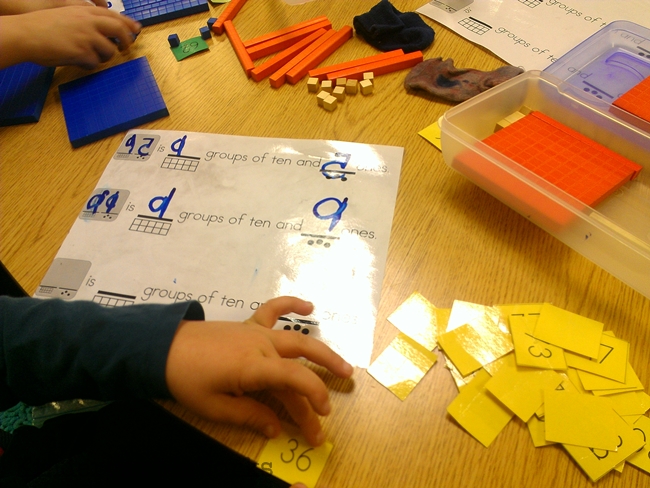
How to differentiate
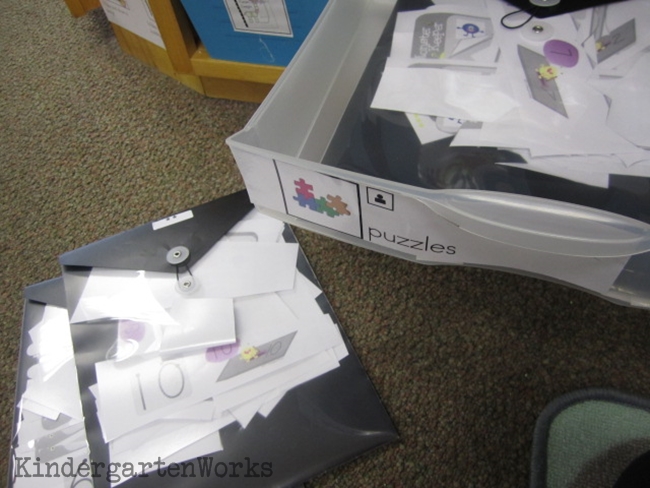


Let’s wrap it up
More math games you may like

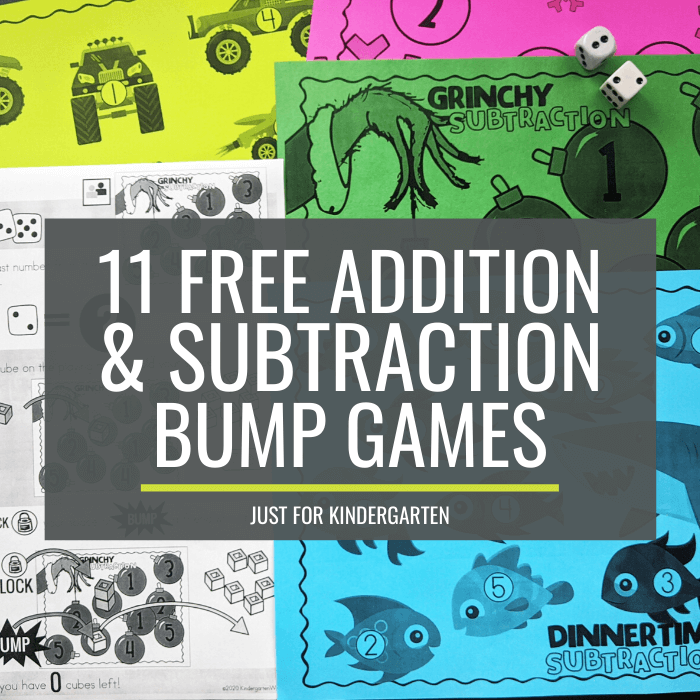
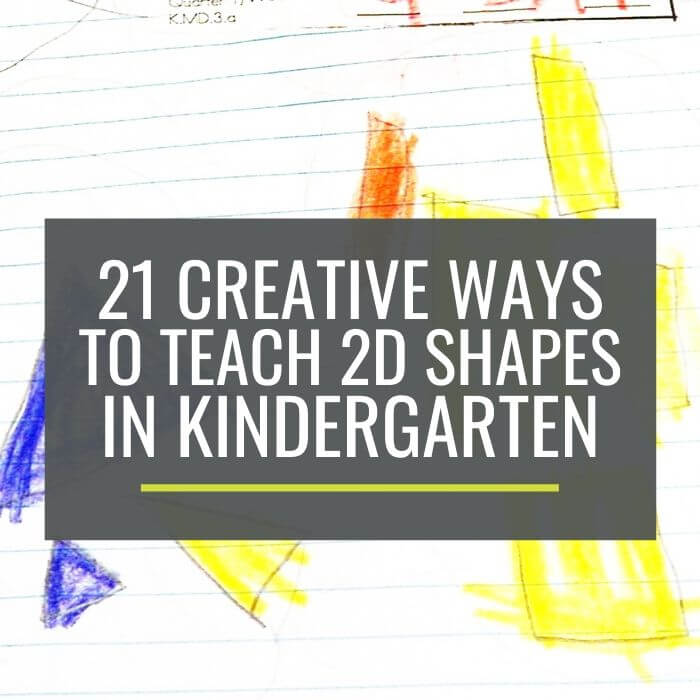
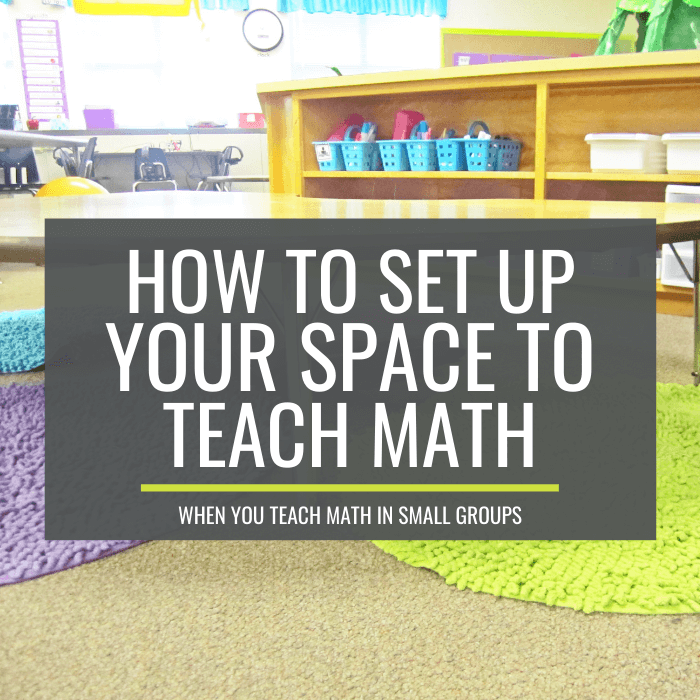
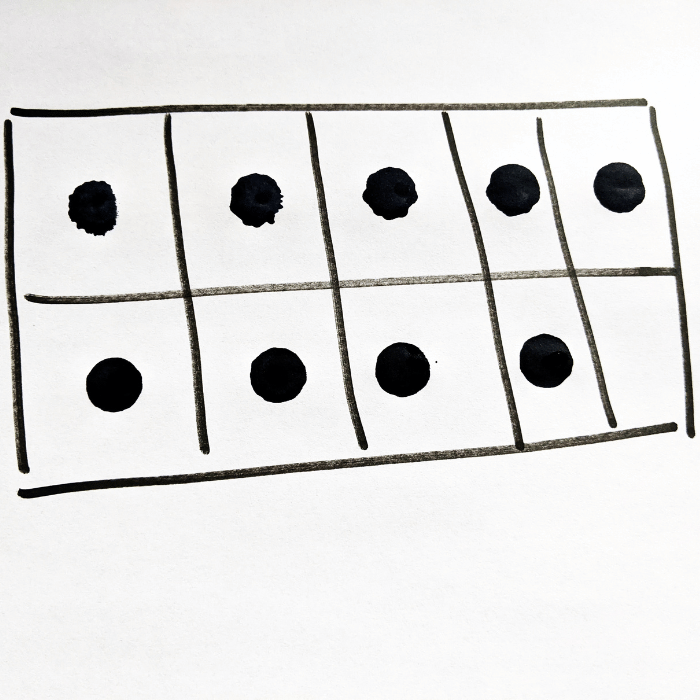
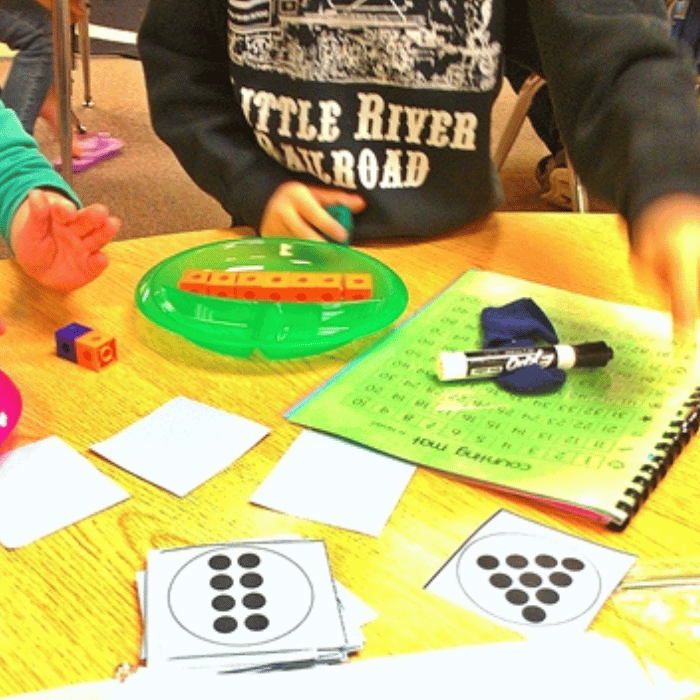
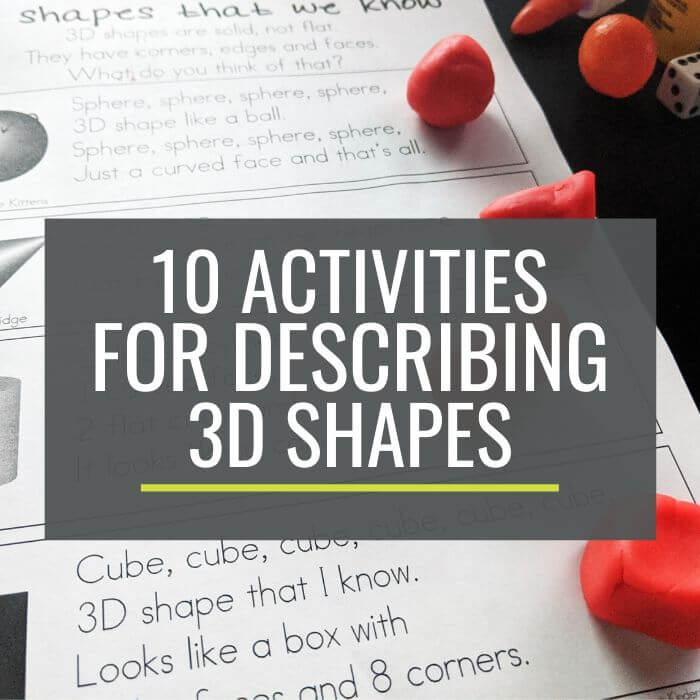
I really enjoy reading your blog and they are very inspiring. I have a question about when and how do you introduce new items in your practice zone, recording zone, and technology zone. Do you teach them in whole group, during your mini lesson, during your teacher zone time? Or do you dedicate a day or so to introduce them? What about those who don’t know what to do at the practice zone? How do you help them (i. e. Find time to reteach them how to play the games)?
Thank you very much.
Amy
Thanks Amy! We meet together whole group before and after our zone times. We share at the end and I quickly grade journals. During the meeting time before, I use that to cover what’s needed.
We do math 4 days. 2 of those days are introducing the new journal prompt and the other 2 I get to decide what needs to be covered. So I can introduce a new game/activity from the practice zone, review the journal prompt quickly if needed (which I did a lot) or cover the technology zone.
Since games in the technology zone stayed the same for 2 weeks, that meant I only needed to plug that in every 2 weeks for instruction and practice zone games were introduced to keep things fresh. I really did keep a lot of the games for weeks at a time – so rolling those out and changing them out on a rotating basis made it easier to find times to teach and model.
My biggest tip: Keeping activities similar over time (like lots of different bump games) or re-using activities they did with me in the teacher zone means “less” that I had to cover when introducing something to put in the practice zone, since they already understood how to use it.
Does that help?
Thanks, Leslie
Do you let the students choose if they do the 1 star, 2 star, 3 star activity? Or do you ‘assign’ the students which ‘level’ of star they should do?
Hi Miac,
I have the students grouped based on their most recent assessments. I assign the stars and use those on any materials that are differentiated so that student quickly know which materials are just right for them. I have one low (3 stars), two mid-range (2 stars) and 1 high (1 star) groups.
Hello. Love your organization ideas! Do you have the other labels for “Lost Markers” and “Lost Pencils”? I tried clicking on each label but got the “Missing Math Pieces” each time.
Thank you!
Hi Denise,
I sure do! There are available like in the link from this post: https://www.kindergartenworks.com/2012/08/responsibility-in-bucket-kind-of.html Thanks for sharing your thoughts!
I also find that labels are helpful. When I worked with the Kindergarten classroom (as a Title 1 teacher I would co-teach), she had labels for all the manipulatives. The first few days she helped the students clean up, but after they got the idea, she was able to step back and let the students put the items away themselves. Labels are so important and save a lot of time!
I am a new follower, while I will be teaching 2nd, I enjoy learning from others.
Amy
Where Seconds Count
I have our most common manipulatives weher the kids can reach them to put stray pieces away, and I have a “lost pieces” container too. Yours is a great size, I may need an upgrade!
-Carol
Mrs. Cobb’s Kinder Sprouts
Come enter my poster printing giveaway!
I color code the backs of all the pieces with a colored marker.
Great Organization!!
Margaret
Kinder Journey